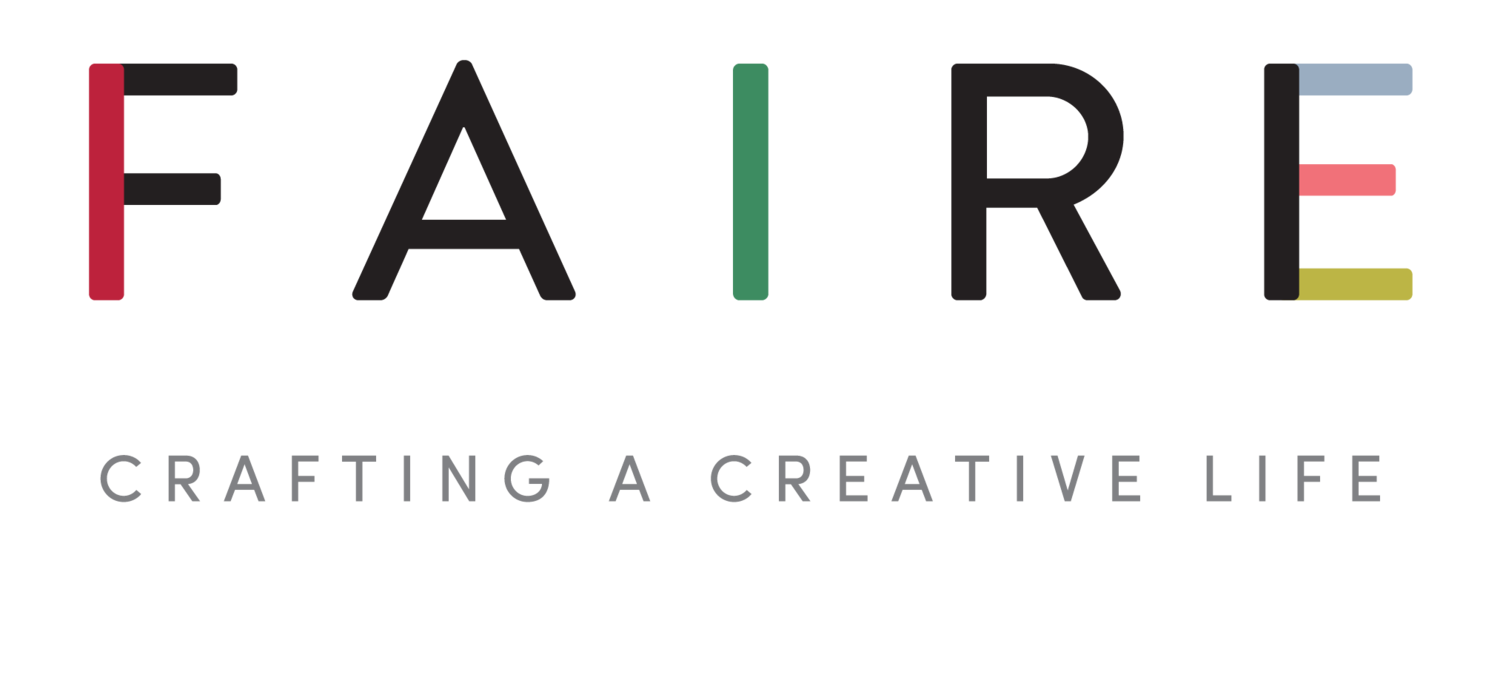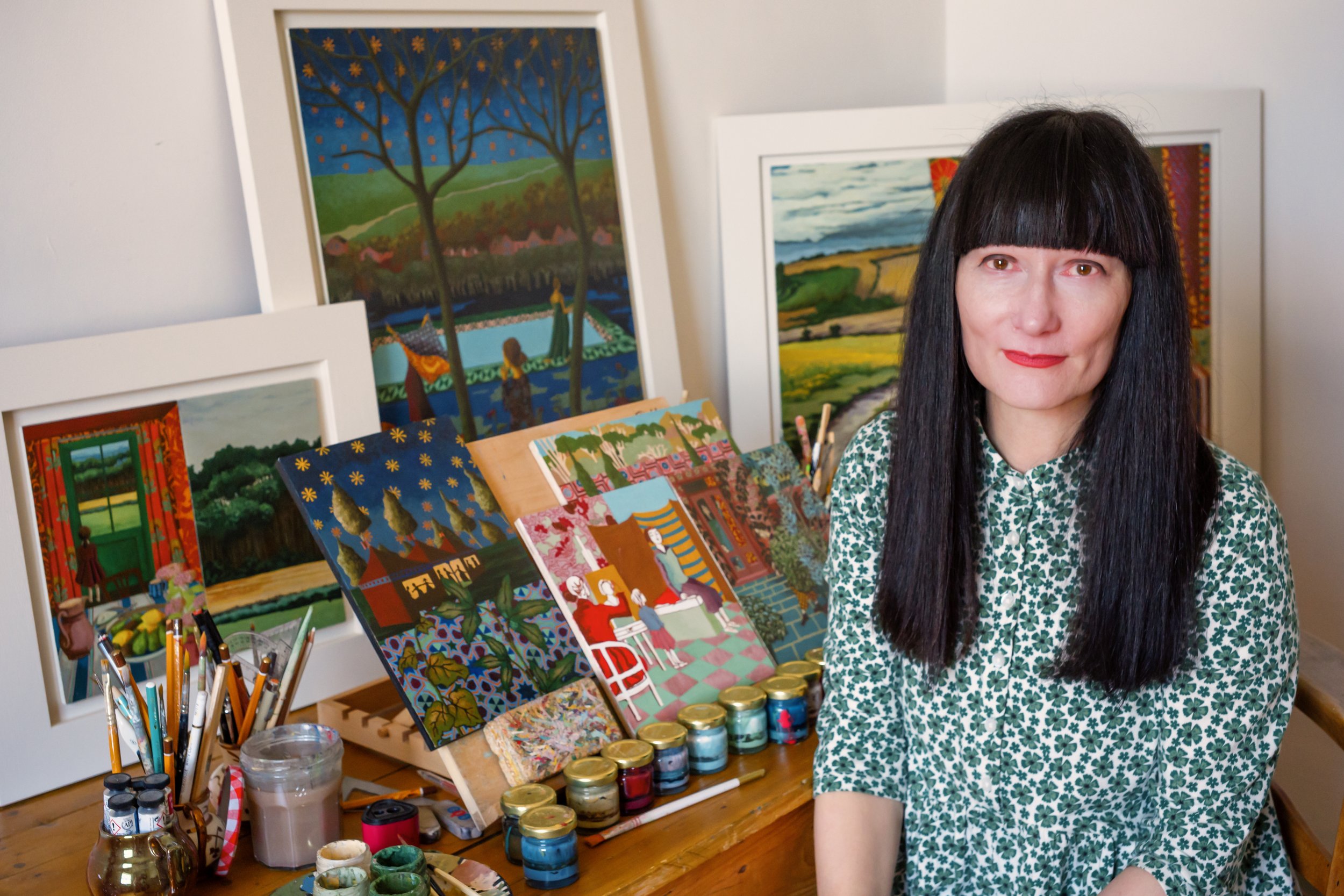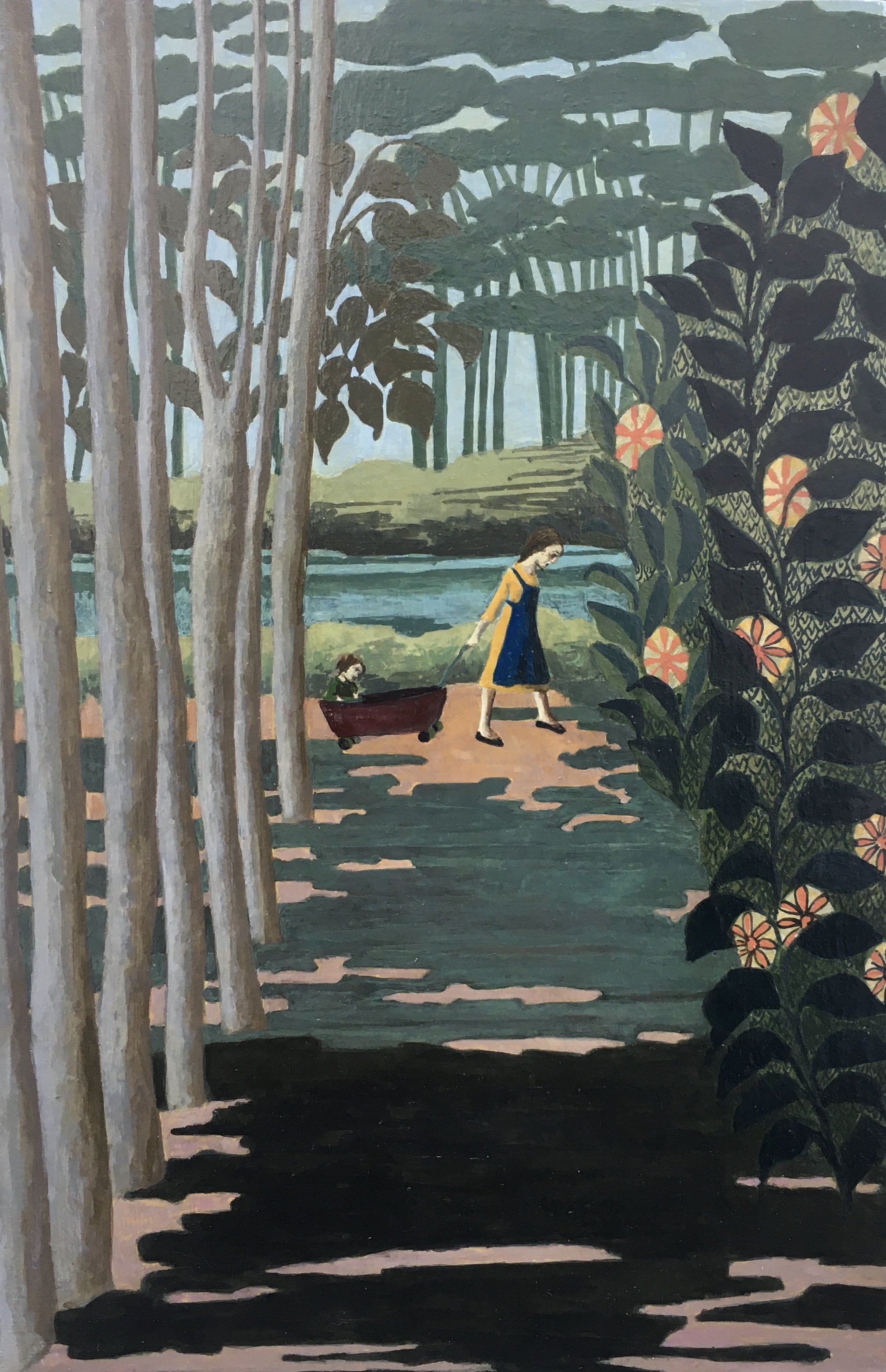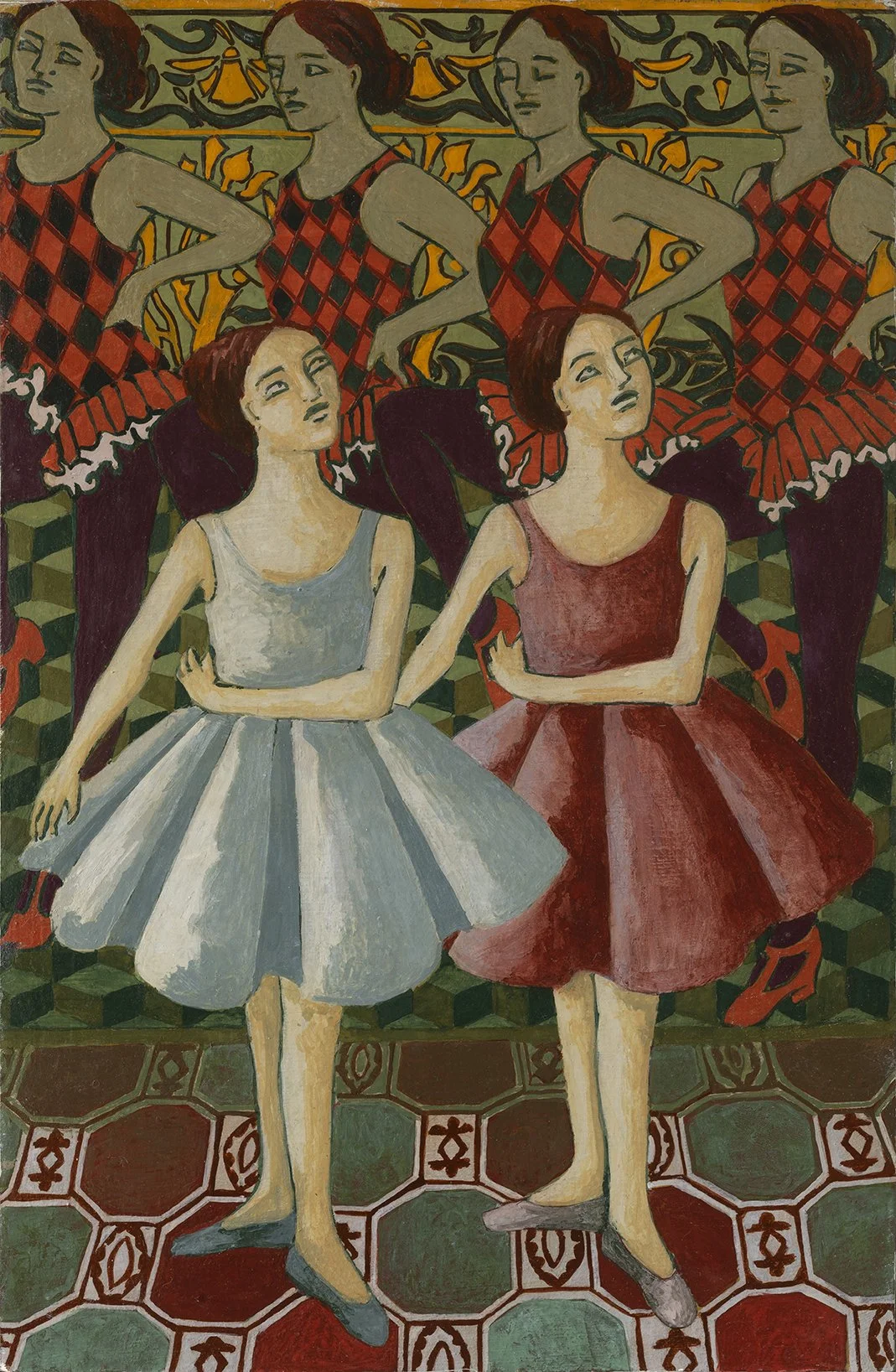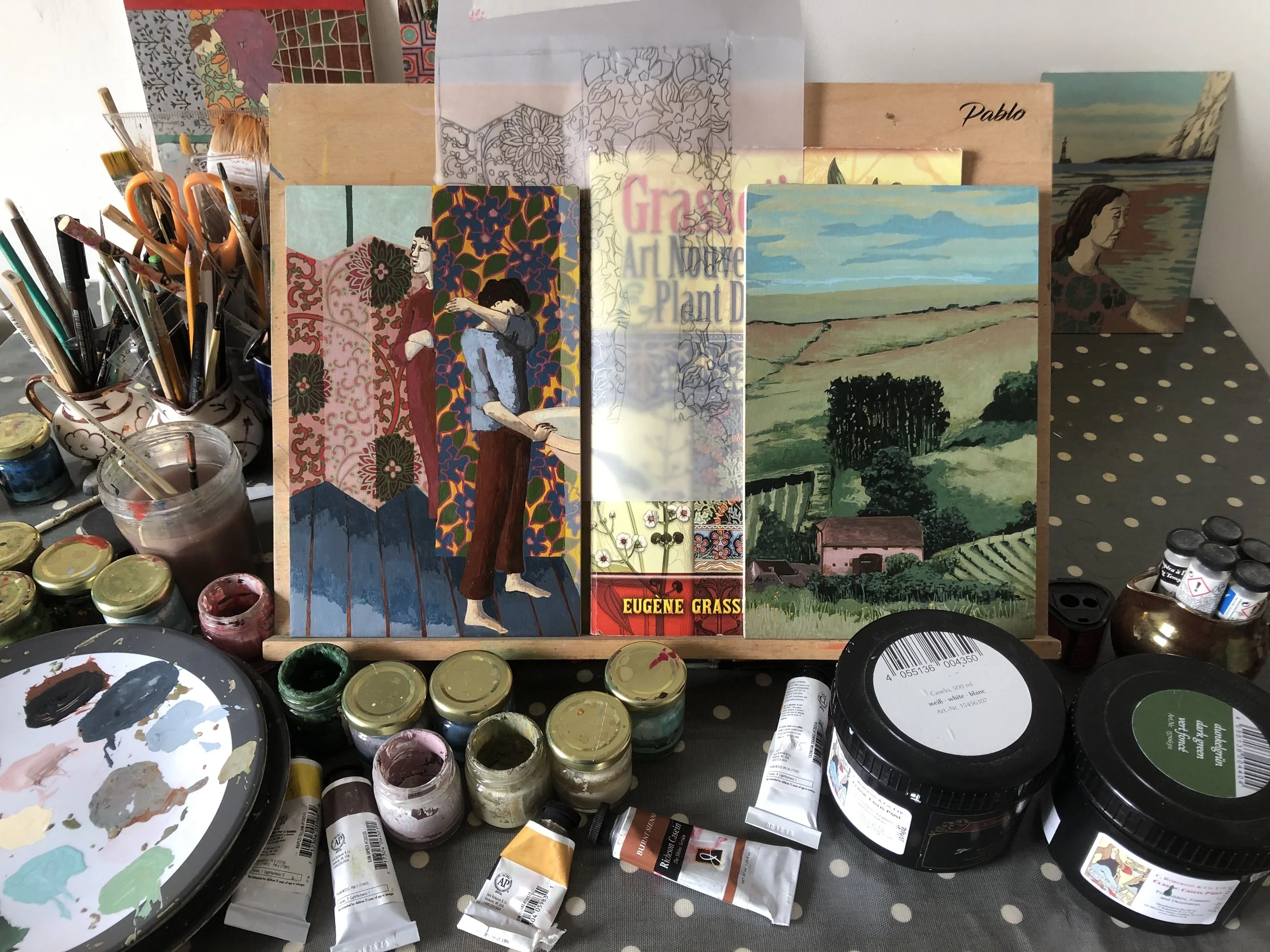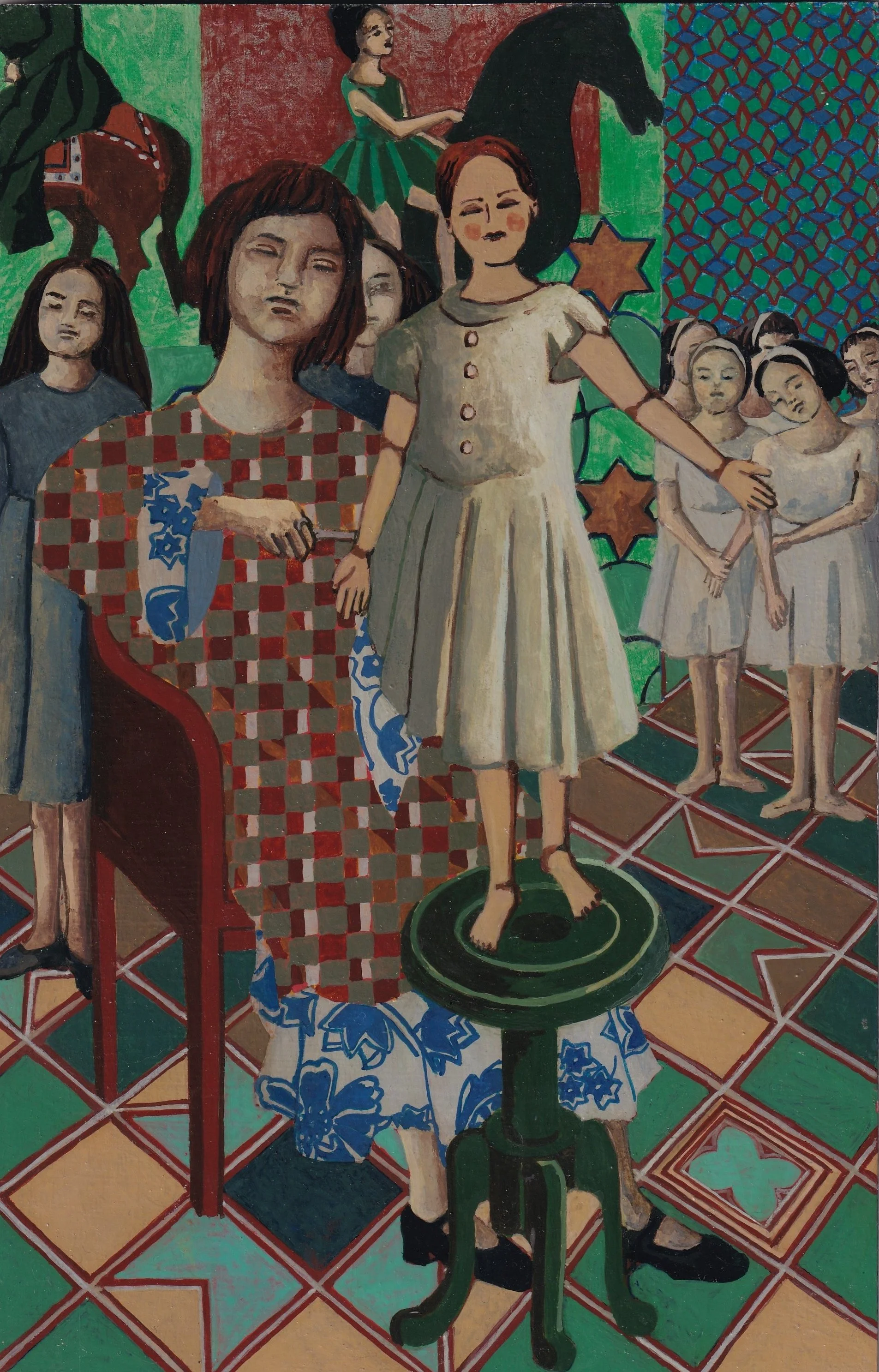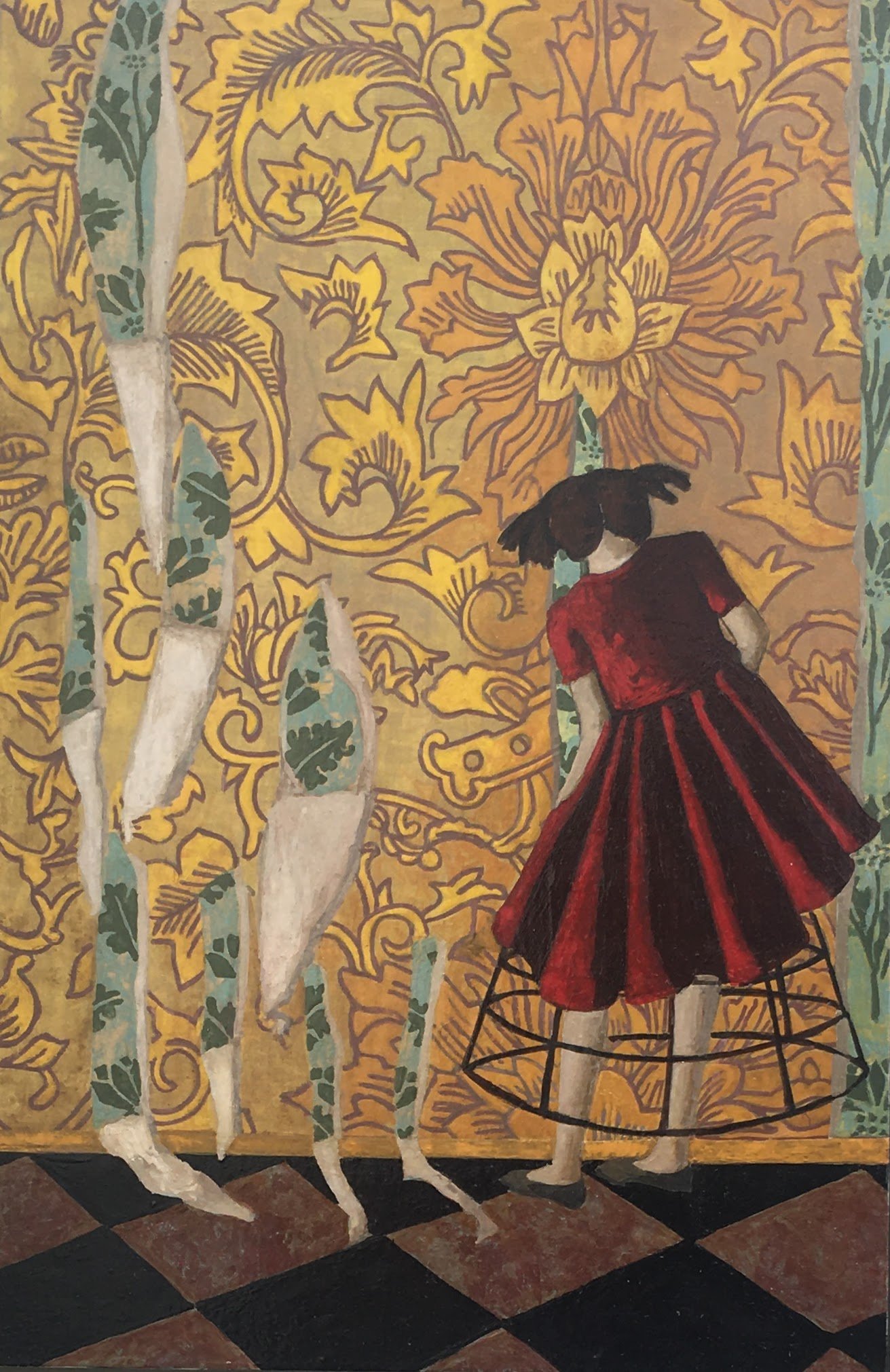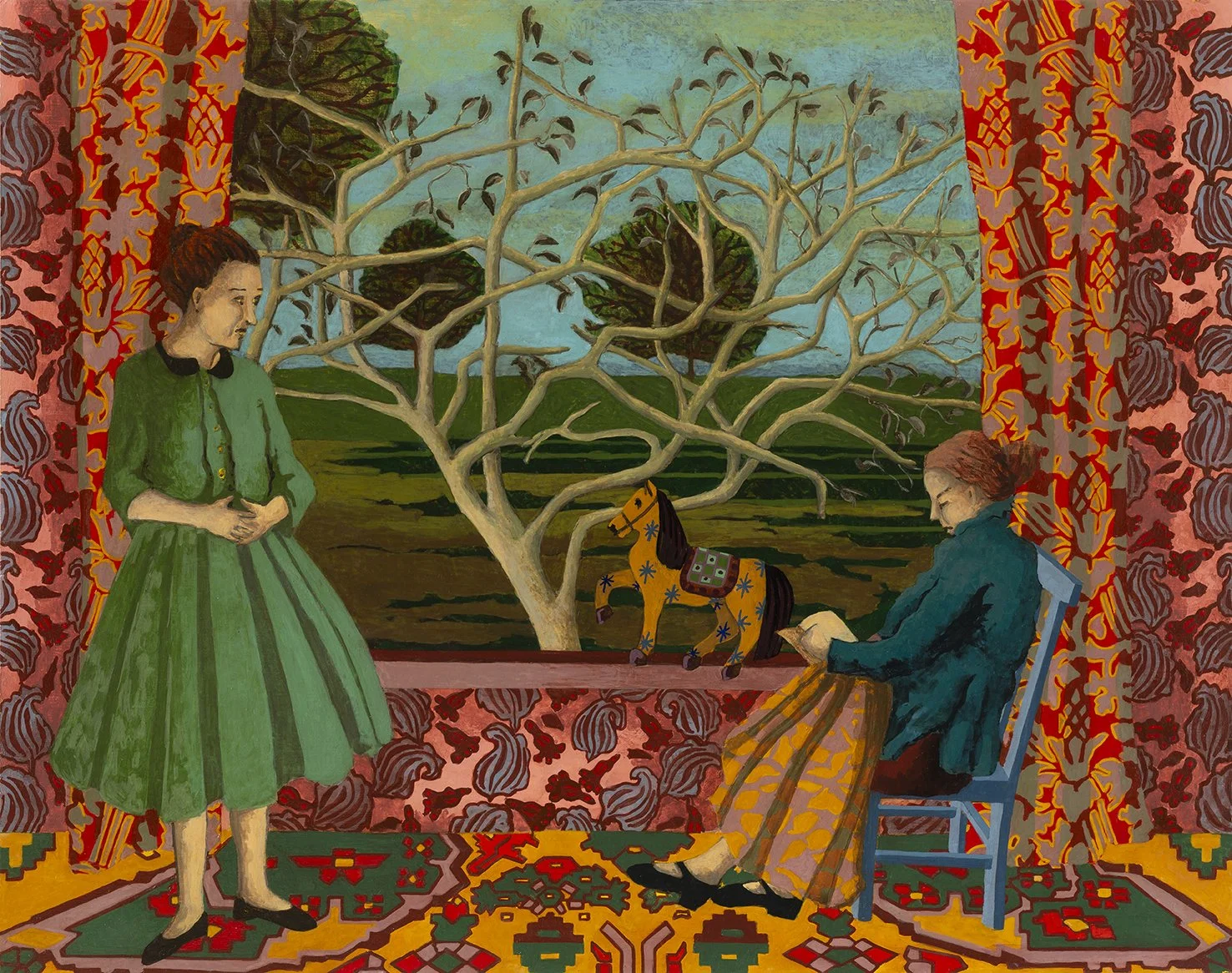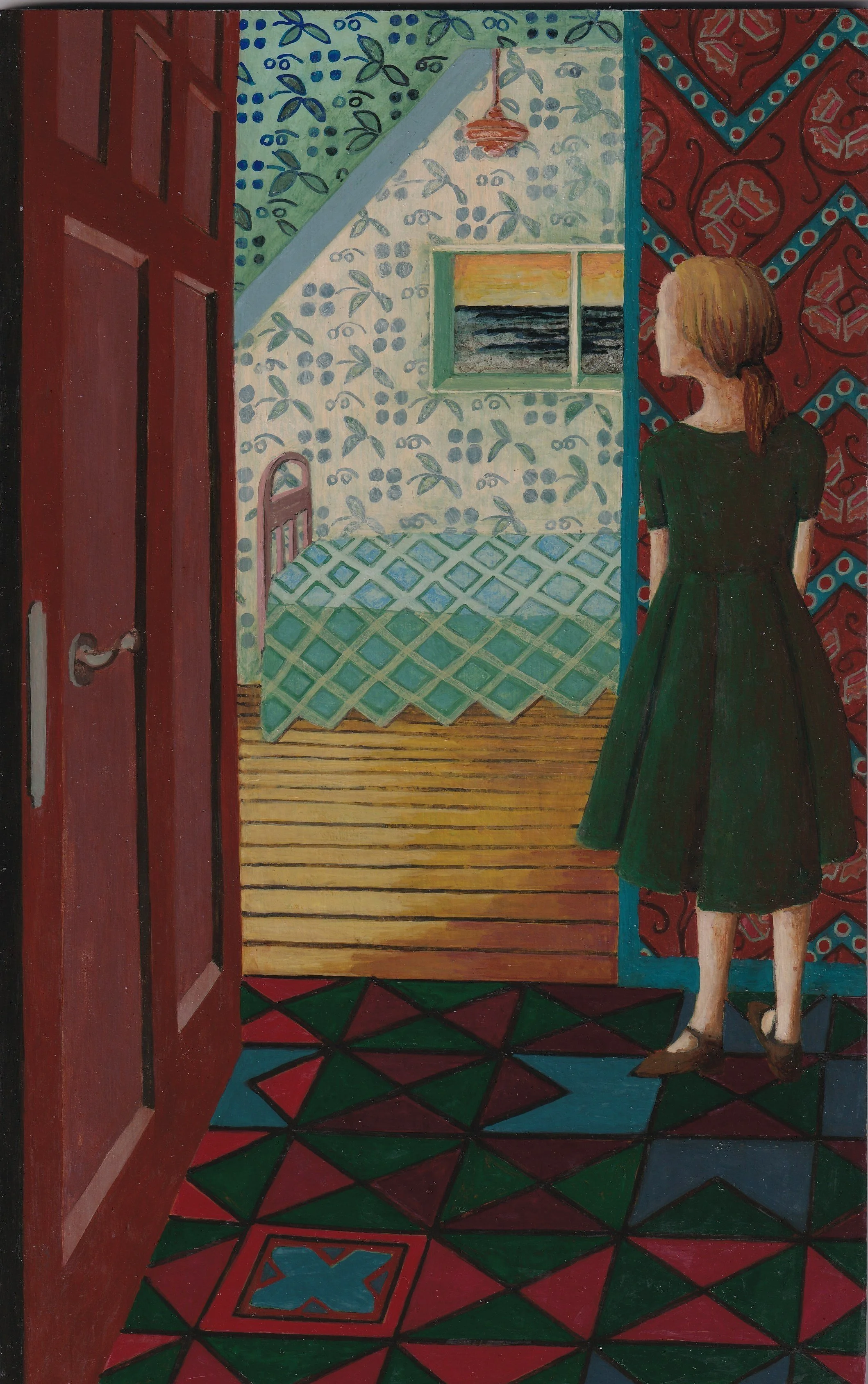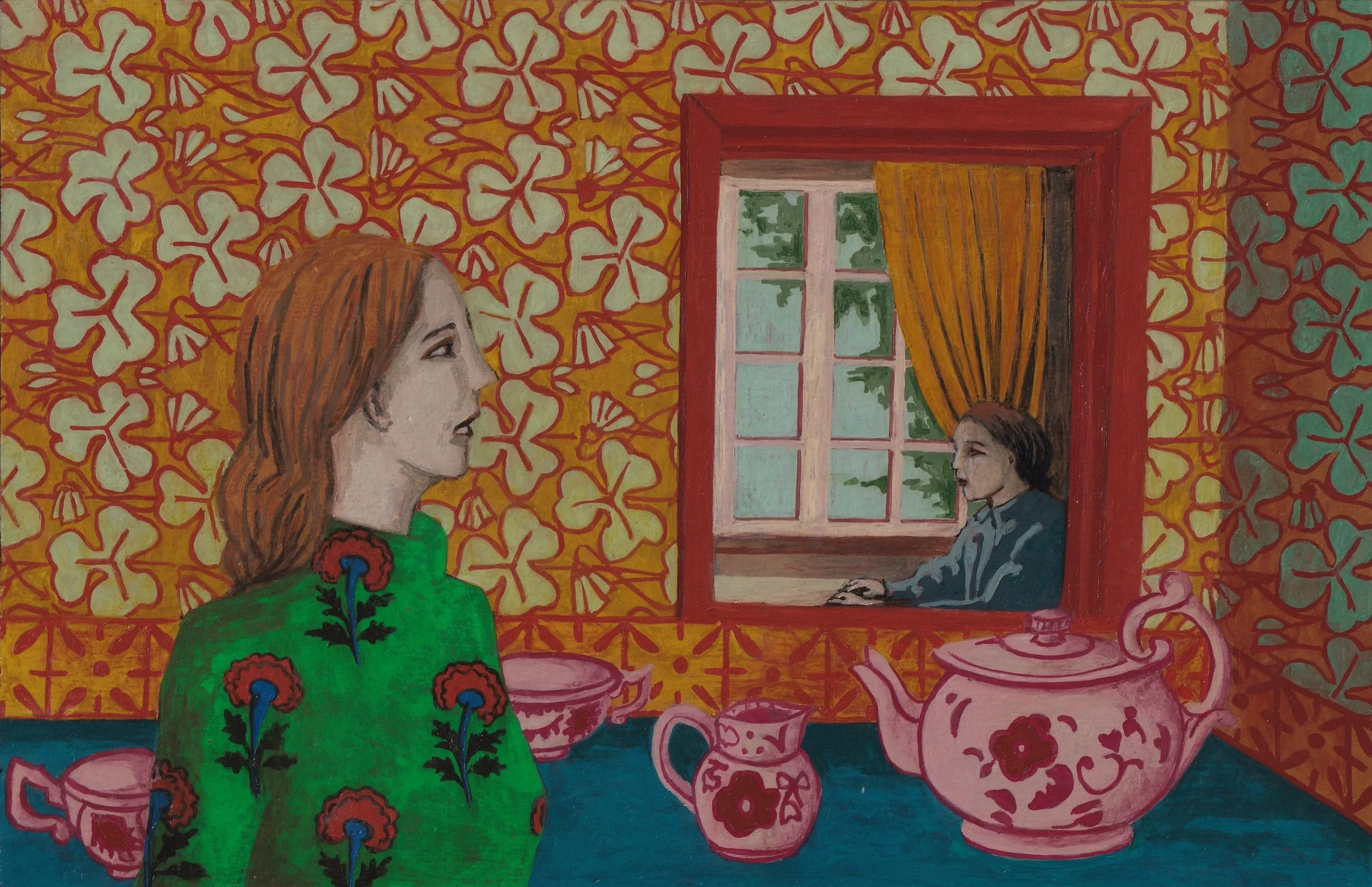Kate Montgomery ‘Pattern Book’
Photos in studio by Damian Evans @damianevansphoto
Kate Montgomery studied at The Ruskin School of Drawing & Fine Art. University of Oxford (1985-88) and at The Royal College of Art, London (1990–1992) under Professor Keith Critchlow. She has been a lecturer at Central St Martins and was an artist in residence at Glynebourne Opera House in 2008. Her work is regularly selected for the RA Summer Show and The Discerning Eye. Her work is in the collections of Vivien Duffield, Elizabeth Esteve-Coll, HRH King Charles, The Cromwell Hospital London, St John’s College Oxford, New Hall Women’s Art Collection and Murray Edwards College, Cambridge.
Kate has an exhibition of new work at the Long & Ryle Gallery in London from 30 June – 27 July.
More information can be found at longandryle.com
Faire: Can you tell us a little about yourself, your family and your childhood?
Kate: I grew up in a little village outside Oxford in the deep countryside and farming land. My parents never redecorated the house they bought from the man who built it in the 1920s. It was full of old decayed wallpaper - some rooms even had different wallpaper on each wall. My bedroom had this lovely, faded art deco willow pattern design.
Faire: When did you start creating and what are your earliest memories of creating?
KM: My parents chose not to have a television, so I always made things - rag dolls in changing outfits, patchwork quilts and I drew and painted all the time mainly the landscape around the village and illustrated little books.
My primary school was a bit of an educational test bed - we did little else apart from drawing, painting, printing, sewing and creative writing.
My father was rather anti-materialistic and thought mostly that books were the best things for his daughters! So, the lack of things like hair bands, dressing up clothes etc pushed me to design and make them. I used to miss a lot of school due to childhood ailments and was parked round at a friend of my grandmothers’ while my mother was teaching. Dorothy was a serious quilter and taught me to do patchwork by hand when I was getting better. She had very high standards and would routinely rip or unpick my stitching because it was not neat or small enough, which was fine by me as I wanted to improve. When I was not so well, the colours and patterns of the fabrics next to each other fascinated me. As a teenager I made a lot quilts by hand and machine. The Laura Ashley shop that was in Little Clarendon Street in Oxford was one of my favourite places. I think a lot of the crafting and making-by-hand ethos of the 1970’s bit hard. I enjoy planning and process, being in the middle of a big project like a complex painting or set of paintings.
Faire: Did you ever contemplate pursuing a different line of work and if so, what made you choose art in the end?
KM: As a teenager, I also did a lot of dance and was interested in training seriously in order to become a choreographer. But, I’m not really a performer and I like my own company. I was an unhappy little person for lots of reasons; as soon as I started the Foundation Course in Art & Design at the then Oxford Polytechnic, I grew into myself and knew I had made the right decision.
Faire: What has been your favourite part of your creative process?
KM: Drawing is a big part of my practice - I like it partly because it's the beginning of ideas and I know that much of my sketchbook work will not be used, so there's no pressure. I also like the challenge of bringing lots of patterns together within a composition - hue, tone and scaling are constantly reviewed, adjusted and repainted, it's great when it all suddenly starts to work within its own internal logic - often very differently than my original intentions.
Faire: What led to your painting? How your style has evolved over time?
KM: I realised I was much better at art than anything else at my very academic school in Oxford. I was very interested in subcultural music and fashion, so I decided art school was the best place for me against my family's expectations. My parents liked art but had no understanding of why anyone might want to be a painter or a designer or to be a new romantic or a goth! I was taken to museums and exhibitions by my parents and told to look at and draw the built environment past and present. My college St Johns gave me a travel scholarship in my second year which I used to partly fund a trip to Morocco and to Belgium. I could never have gone without it - I was a poor student with Saturday and holiday jobs. Both visits were really significant in terms of wanting to bring an informed use of pattern and colour into my painting and also to place paintings into a context like a cassone or a screen.
Faire: What drew you to Islamic studies and textiles? How has that knowledge influenced your work?
KM: I used to go into the V & A to look at fashion and textiles as a student, as our studios were still in the original RCA building tucked on the side. In the 1980’s there were still divisive hierarchies of fine art and design pathways, but my MA in Visual Islamic & Traditional Arts within Fine Art was hybridised and incredibly liberating. I did not need to hide my interest in pattern, fashion and architecture for fear of being thought trivial or off-message. I applied to the course originally because I had been in Morocco and wanted to understand much more about pattern generation and traditional techniques of paint application in particular. I was also very interested and still am in The Arts and Crafts Movement. So the course was sympathetic to my interests and way of working while pushing much harder into geometric principles and parallels of traditional design principles across pathways, faiths and continents.
Later on, as an art school lecturer in Sussex, I taught cultural studies to textile and surface pattern students which was a fantastic experience as the students were so calm and engaged in designing and making. I learned a lot more about European fashion textile design and surface pattern, I hope they did too.
Faire: What has been your biggest challenge and accomplishment in your creative journey?
KM: Keeping painting while bringing up three daughters. Whilst family life is a strong seam of narrative in my work - finding the time to keep painting in a concentrated and reflective way was a huge battle combined with teaching studio and cultural studies at art school. Buying time to paint while paying nursery fees was not realistic and the situation for artist mothers is worse still today. I painted at night, a habit that I still maintain now, but I do try to stop by 12 am.
Faire: What is the biggest lesson you have learned?
KM: Make art your best friend
To find out more about Kate visit katemontgomery.co.uk or follow @katemontgomerypainter on Instagram
